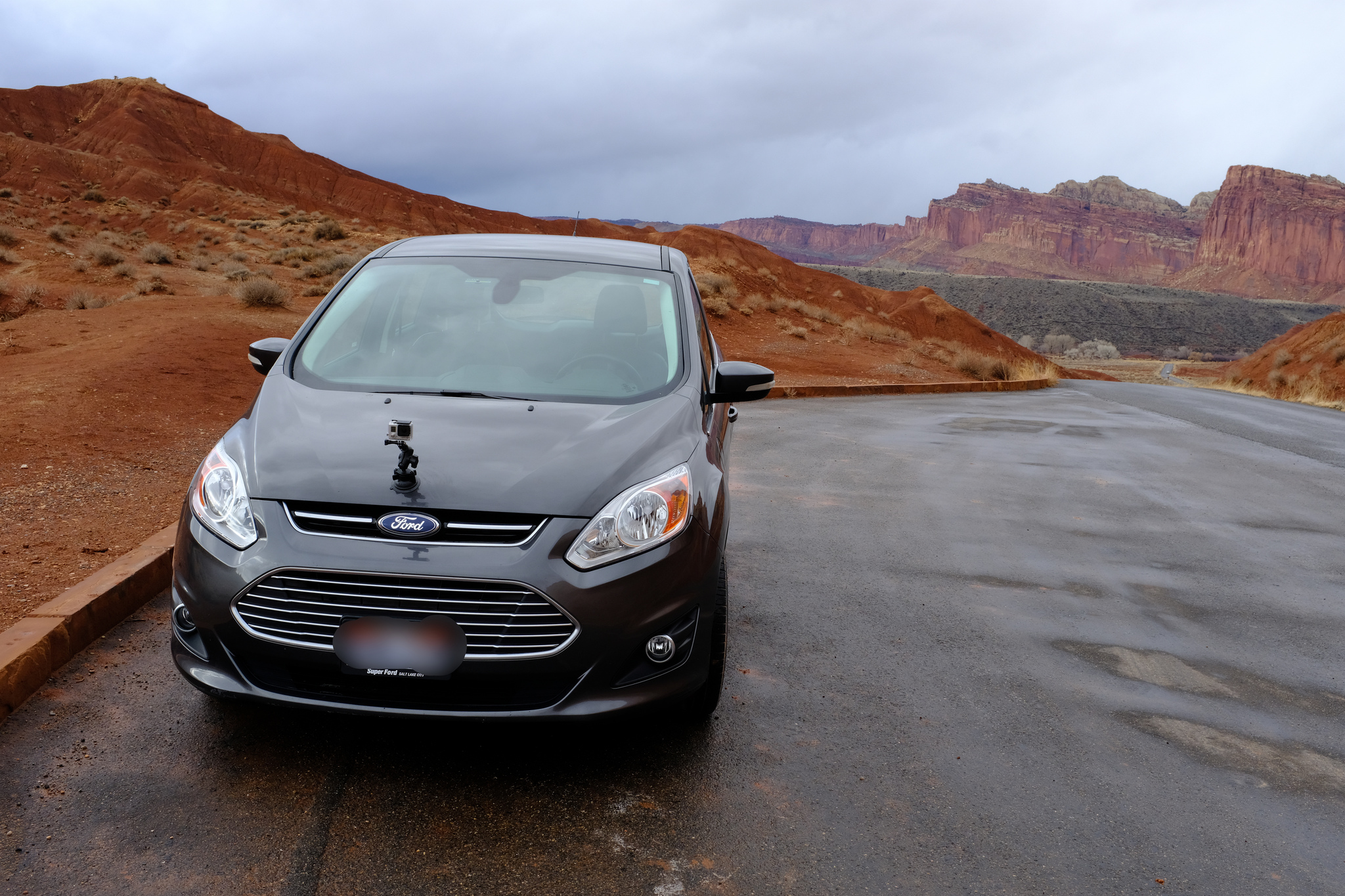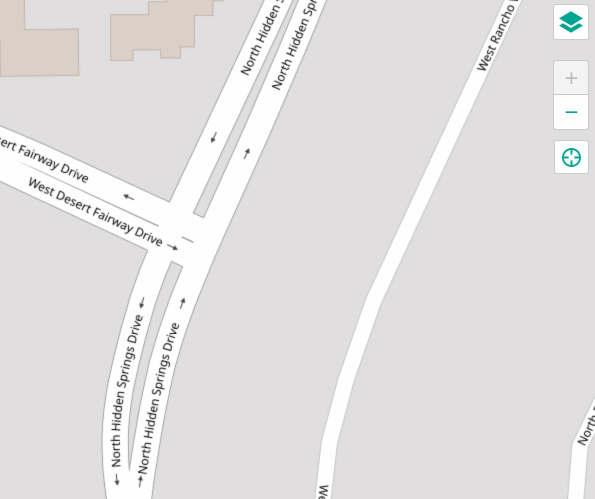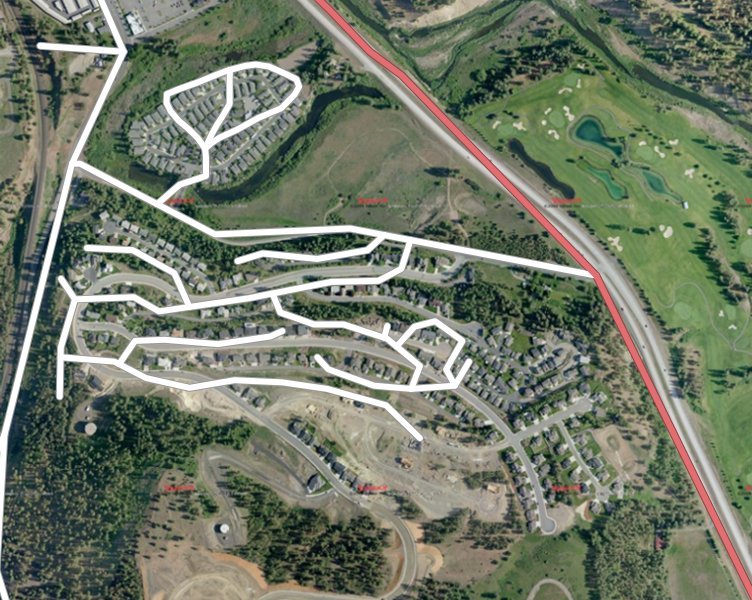Update I didn’t get elected, but we have an excellent new board member in Minh. Good luck to the new board!
Hi. Thanks for reading!
tl;dr: I would use my next term to jump-start two permanent OSM US working groups: Growth and Communication. Specifically, I will work with the ED and the rest of the board to recruit 2-4 people for each group and get them started with what they need.
Growth
A new Growth working group will focus on developing and executing new ways to find new mappers, especially from groups not well represented. The OSM US census was a good idea that needs follow up. I feel especially strongly about involving more young people through TeachOSM. And how about an OSM GeoBus? We have a lot of resources ($, ED) and we should put them to use for big ideas that reach new groups of people.
Communication
A new Communication working group will create a deliberate communications strategy. That sounds fluffy but I think it does not need to be. We need to find out who our audiences are and how to bring them a consistent, positive message from OSM US. I don’t want to get ahead of myself, but I suspect that we need hired help with this soon.







 Image from
Image from 






